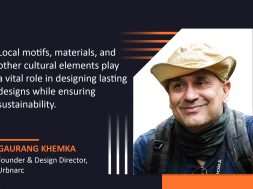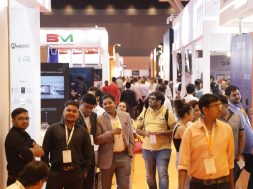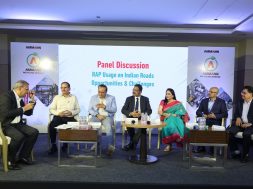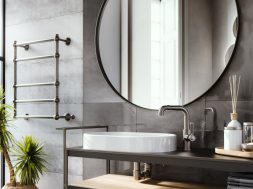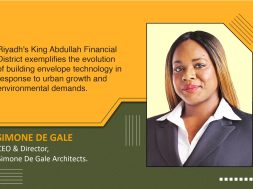Blending indigenous cultural elements and sustainability
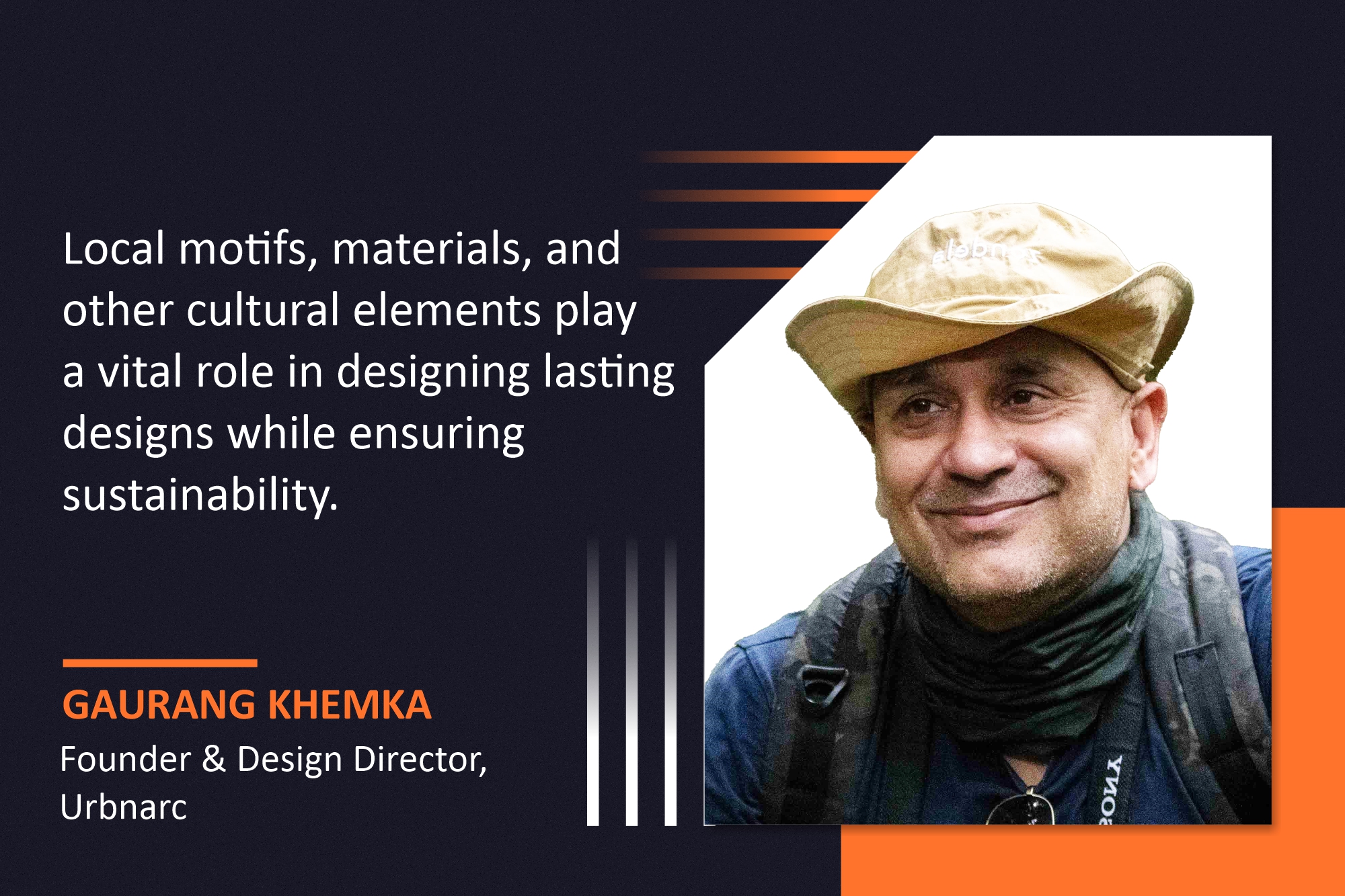
This discussion delves into how important it is to consider regional cultural elements when creating architectural designs that are aesthetically pleasing and sustainable.
What factors would you consider while blending cultural elements with modern architectural designs in your projects?
My ethos is to design a project that blends well in its context. I tend to find methods to use local/ traditional elements by crafting contemporary solutions derived from local motifs, textiles, and other elements and applying them to different elements of a property. In my opinion, the challenge is replicating traditional designs and methods as craft skills have changed, and so have client consumption patterns.I want to share two examples. One was in Bali, Indonesia, where we took inspiration from an indigenous batik pattern called “Parang Parang,” usually used in textiles, and applied it to a wood lamp shade. The other was for a property in Vietnam, where we took inspiration from the famous Vietnamese Hat and crafted a contemporary abstract solution of wall coverings and screens paying homage to the hat.
How do you balance aesthetics and functionality in your designs?
There is no one solution; each piece of work is unique, and crafting a solution that befits the context, brand, customer profile, and functionality is critical. I believe that good design is not just aesthetics but the timeless one! I believe in crafting solutions that will stand the test of time from the viewpoints of look, feel, and maintenance. Functionality is aptly embedded within all our highly aesthetic solutions. I strongly feel that one can maintain functionality if given enough thought and love during design.
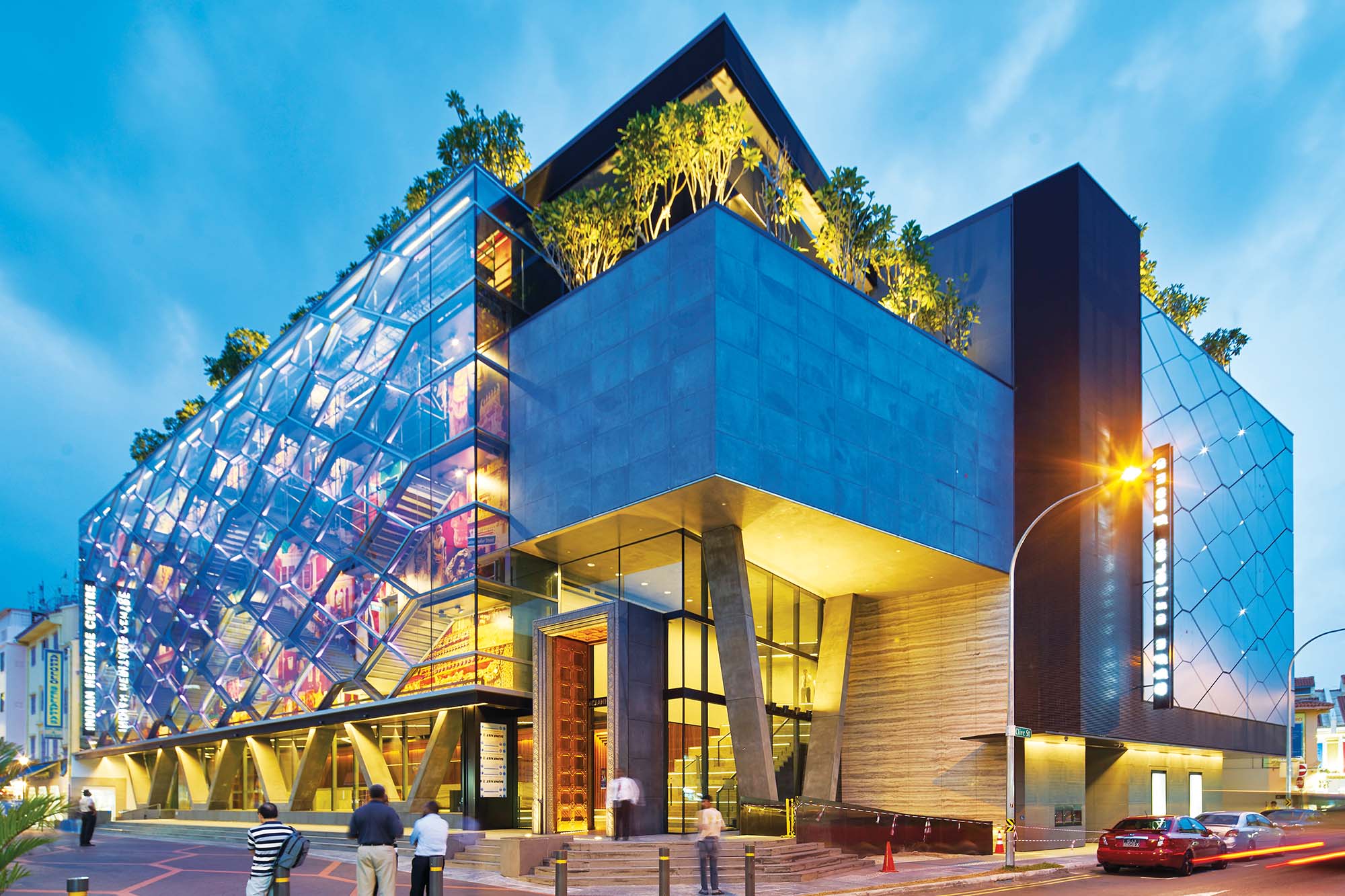
What, in your opinion, is the role of technology in shaping the future of architectural designs?
Technology has always played an important role in architecture and continues to play an integral part. I see more use of AI-related tools in the future (it is already happening, but more superficially at this time!). The future is “hybrid”, where we will blend our carbon mind with AI-driven data and image inspiration to craft what I call “Augmented Design”.
How do you ascertain sustainability through your design philosophy?
Sustainability is integral to the design process. We don’t believe in making a big show of it. I think that to achieve sustainability in design, it is important to design sensitively, taking the environment, culture, and local context into consideration at the outset, blending it with technology (where needed), and crafting a lasting solution.We always aim to use 90 to 100 percent local material for all building products, including hospitality. We also try to use local artisans wherever possible in the construction process by working closely with the owners/ project managers. We also try to work with a team of consultants who resonate with our ethos and always advise our clients on the CapEx/OpEx investment and how some solutions offer long-term tangible returns.
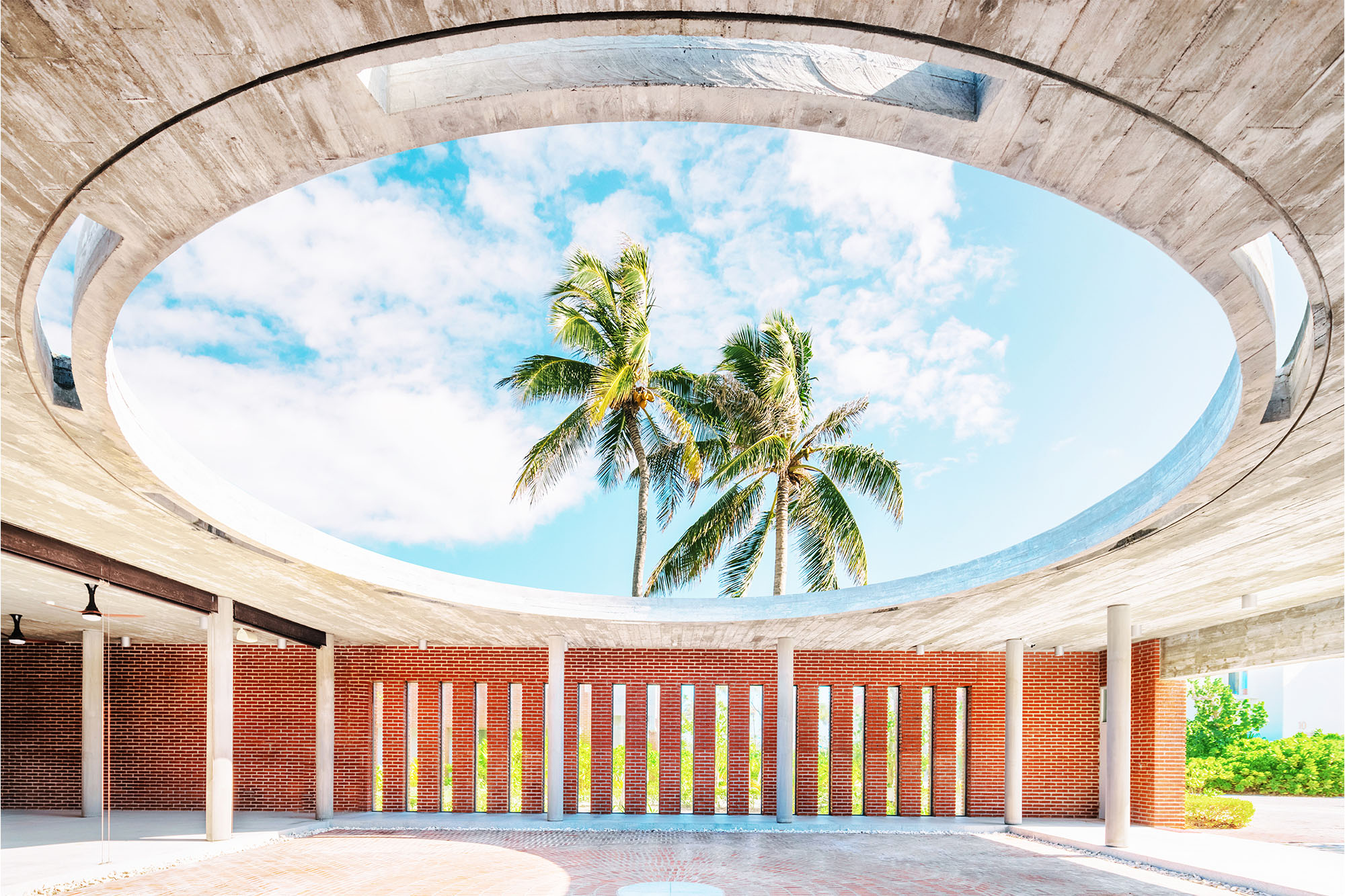
According to you, what are the critical factors to consider while selecting the materials to ensure project sustainability?
We always prefer locally available materials, maximum within a radius of 500 km. However, following this mandate is sometimes hard in locations like the Maldives. In such cases, we ask the owners to offset the carbon footprint by planting more trees and conserving water wherever possible.
How do you adapt your architectural approach to different cultural and climatic contexts?
At the very outset, we master plan and design, considering the local climate, environment, culture, and all other relevant aspects. Contextual and lasting design solutions are the hallmark of our design studio, and each project thus relates to its location at a very inherent level.
We believe in stylistic solutions that respond to trends only if in locations like a city centre, where trends can also be incorporated within a larger understanding of the project site, climate, culture, and context.
For more details,visit: https://urbnarc.com/
Cookie Consent
We use cookies to personalize your experience. By continuing to visit this website you agree to our Terms & Conditions, Privacy Policy and Cookie Policy.
